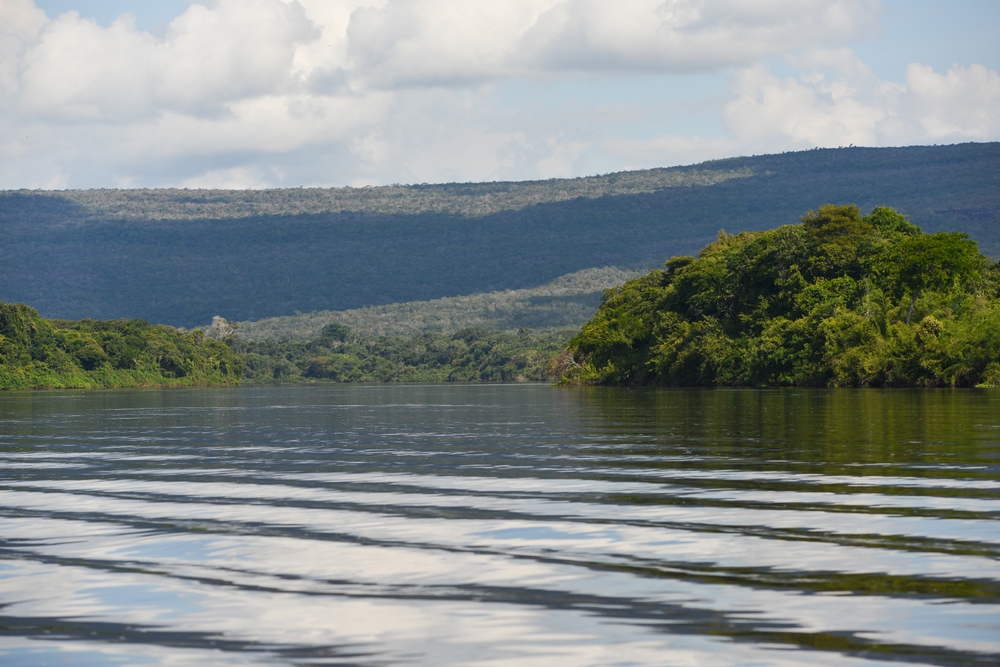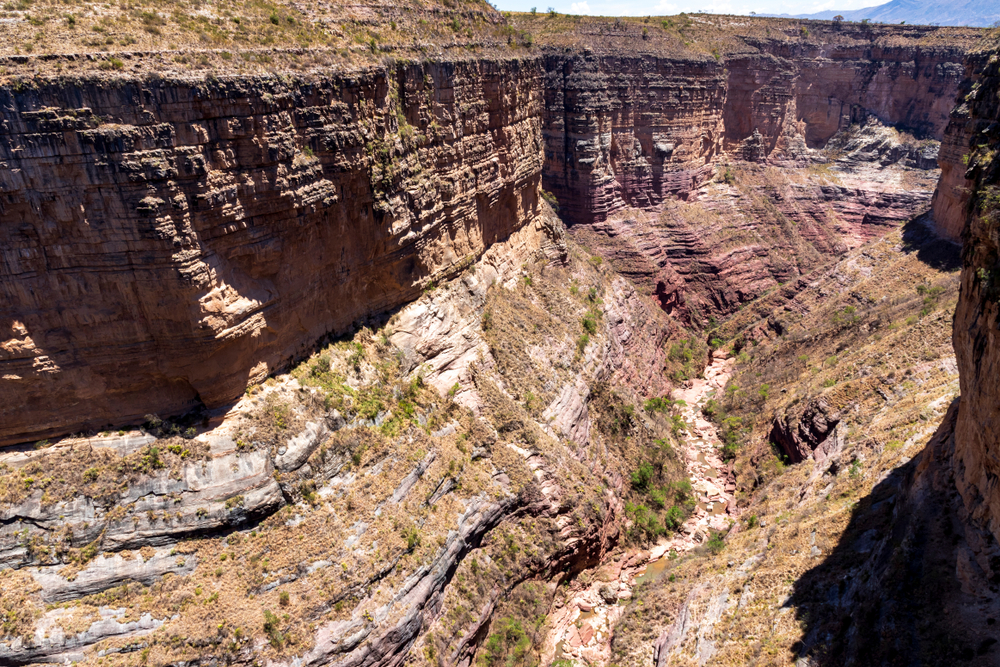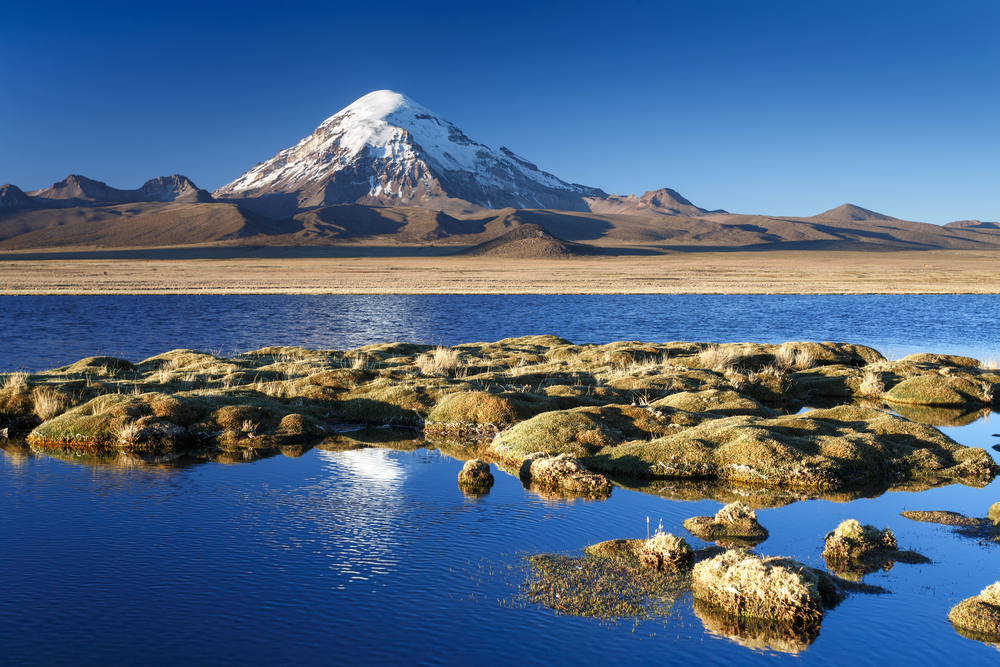Noel Kempff Mercado Overview
Noel Kempff Mercado National Park, known in Spanish as Parque Nacional Noel Kempff Mercado, is a vast and ecologically diverse protected area in eastern Bolivia. It spans approximately 5,846 square miles (15,234 square kilometers) and is located in the Santa Cruz Department, bordering Brazil.
The park is named after the renowned Bolivian biologist Noel Kempff Mercado, who dedicated his life to studying and preserving the region’s rich biodiversity. Recognized as a UNESCO World Heritage Site, the park is one of the largest and most pristine natural areas in the Amazon Basin, offering an extraordinary combination of lush rainforests, vast savannas, and striking geological formations.
The landscape of Noel Kempff Mercado National Park is a breathtaking mixture of different ecosystems. The park features towering plateaus, such as the Huanchaca Plateau, which rises dramatically above the surrounding lowlands. The terrain is characterized by dense tropical rainforests, seasonally flooded savannas, and gallery forests that stretch along the numerous rivers winding through the region.
One of the most striking natural features is the impressive waterfall system, including Arcoiris Falls and Ahlfeld Falls, which cascade down the cliffs, adding to the park’s scenic beauty. The park’s rich vegetation consists of towering mahogany and cedar trees, as well as a diverse array of palms and orchids. In some areas, the dense canopy gives way to open grasslands, creating a patchwork of habitats that support an abundance of wildlife.
The park is a haven for wildlife, boasting an incredible array of species due to its mix of Amazonian, Cerrado, and Chiquitano ecosystems. It is home to over 130 species of mammals, including iconic South American species such as jaguars, pumas, ocelots, giant otters, and tapirs. The vast and undisturbed forests also provide sanctuary for giant anteaters and rare marsh deer.
Bird enthusiasts will find Noel Kempff Mercado particularly remarkable, as it hosts more than 600 bird species, including the harpy eagle, king vulture, and the vibrant blue-and-yellow macaw. The park’s rivers are home to freshwater dolphins, caimans, and an astonishing variety of fish, while reptiles like anacondas and poison dart frogs thrive in the wetlands.
Visitors to the park can explore its remarkable landscapes through guided excursions, river expeditions, and wildlife observation tours. Hiking through the dense jungle trails provides opportunities to witness the diverse flora and fauna up close.
Boat trips along the Iténez and Paraguá Rivers offer a unique perspective of the park’s waterways and their thriving ecosystems. The remote nature of the park means that access is limited, with only a few designated lodges and research stations available, making it an ideal destination for adventurers seeking an untouched wilderness experience. The park is also a popular site for scientific research, attracting conservationists and biologists eager to study its unique biodiversity.
Despite its remote location, Noel Kempff Mercado National Park faces conservation challenges, including illegal logging, poaching, and the encroachment of agricultural activities in surrounding areas. However, efforts by the Bolivian government, conservation organizations, and indigenous communities have led to successful preservation initiatives.
Strict protections and sustainable ecotourism projects have helped maintain the park’s ecological integrity. The park’s designation as a UNESCO World Heritage Site has further strengthened conservation efforts by drawing global attention to its significance.
By continuing to implement strong management strategies, Noel Kempff Mercado National Park remains a crucial stronghold for biodiversity and an invaluable natural treasure for future generations.













































































